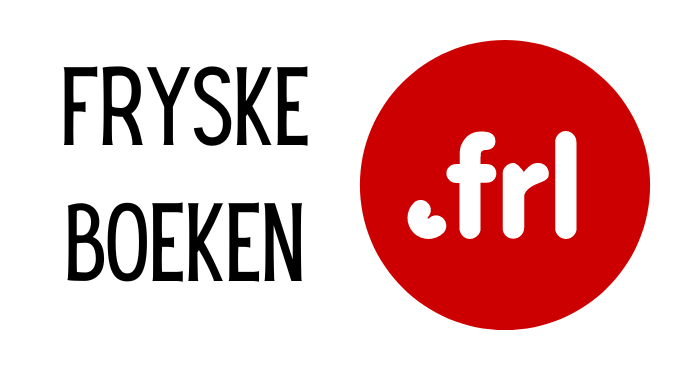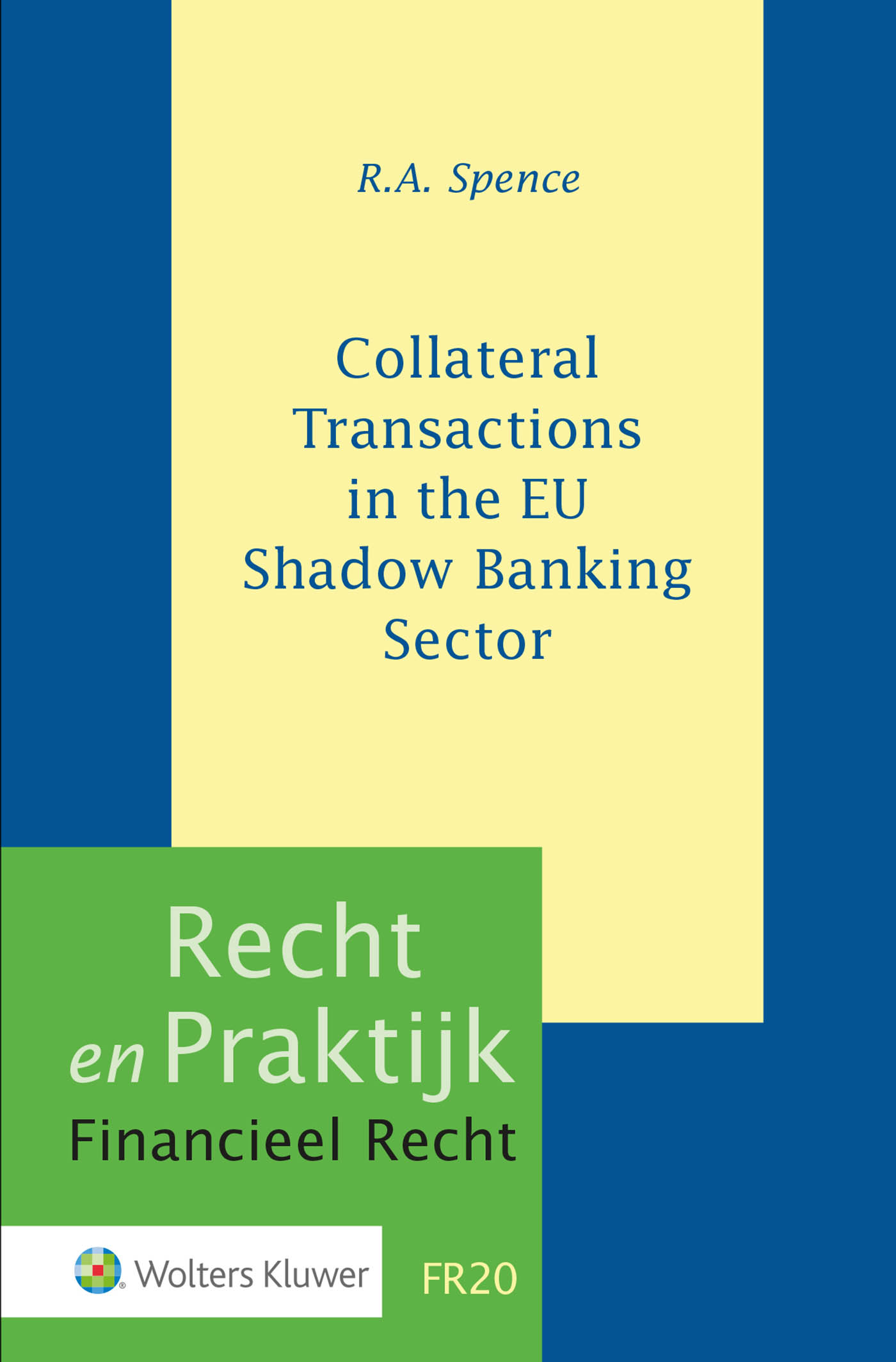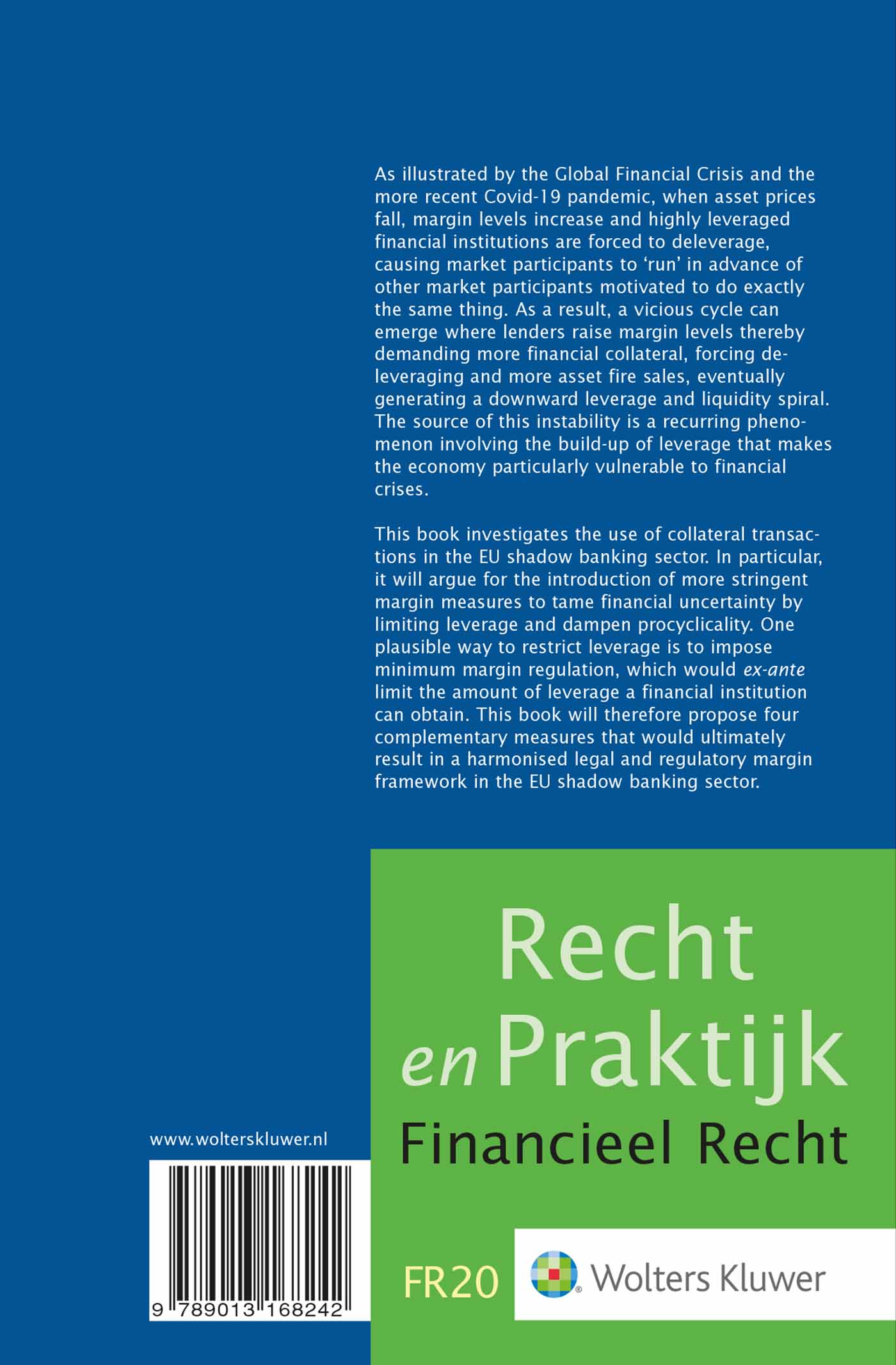Collateral Transactions in the EU Shadow Banking Sector
€ 100,00
Serie: Recht en praktijk financieel recht
Spence, R. A. | Hardback | 03-05-2022 | 9789013168242
This publication offers a pioneering in-depth analysis of the use of collateral transactions in the EU shadow banking sector…
Serie: Recht en praktijk financieel recht
Spence, R. A. | Hardback | 03-05-2022 | 9789013168242
This publication offers a pioneering in-depth analysis of the use of collateral transactions in the EU shadow banking sector. This author examines the topic from both a practical and theoretical standpoint, which yields valuable insights for practitioners, academics, students and generally interested parties. The Global Financial Crisis and the Covid-19 pandemic offer a vivid reminder that when leveraged financial institutions are forced to deleverage, margin levels rise, and deleveraging occurs. This, in turn, causes market participants to #run# in advance of other market participants, who are motivated to do exactly the same thing. As a result, a vicious cycle emerges where lenders raise margin levels thereby demanding more financial collateral, forcing de-leveraging and more asset fire sales, eventually generating a downward leverage and liquidity spiral. The source of this instability is a recurring phenomenon involving the build-up of leverage that makes the economy particularly vulnerable to financial crises. Collateral Transactions in the EU Shadow Banking Sector provides a pioneering in-depth analysis of the use of collateral transactions in the EU shadow banking sector. At the cross-section of finance, law and economics, this publication contains an accessible examination of the issue, adopting both a practical and theoretical perspective. In particular, the author argues for the introduction of more stringent margin measures to tame financial uncertainty by limiting leverage and dampen procyclicality. One plausible way to restrict leverage is to impose minimum margin regulation, which would ex-ante limit the amount of leverage a financial institution can obtain. The author proposes four complementary measures that would ultimately result in a harmonised legal and regulatory margin framework in the EU shadow banking sector.
| Gewicht | 0,586 kg |
|---|---|
| Afmetingen | 24,8 × 17 × 2,2 cm |
| Taal | Nederlands |
| Uitvoering | Hardback |
| Auteur | Spence, R. A. |
| Verschijningsjaar | 2022 |







